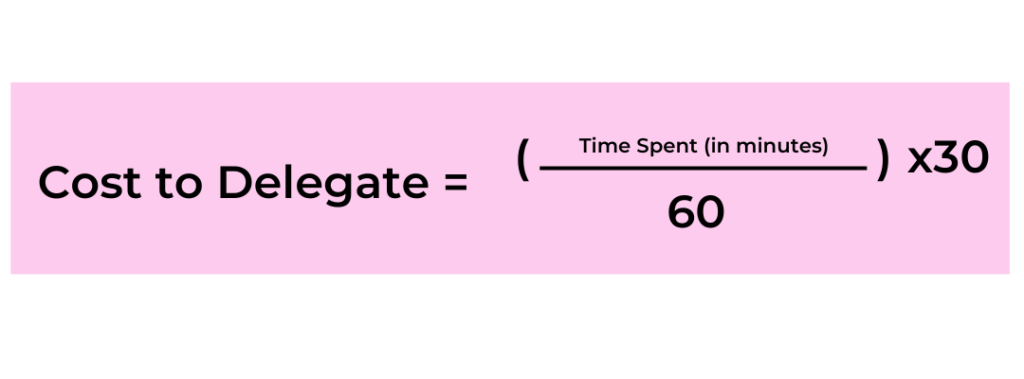As AI has shifted from a distant future concept to a daily business tool, yet there’s a common misconception that either positions AI as a prohibitively expensive endeavour or a cost-free magic bullet.
The truth, however, is nuanced and lies somewhere in between. Understanding the true cost of AI is crucial for businesses to make it a viable and integral part of their operations.
Exploring the Cost of AI
AI is an investment that goes beyond mere expense; it’s a strategic tool capable of yielding significant returns.
The upfront costs include development or subscription fees for AI tools, integration into existing systems, and potentially, the expense of acquiring data for AI training.
Ongoing expenses can involve maintenance, updates, and additional training as your business needs evolve.
However, the potential for a strong return on investment (ROI) through increased efficiency, reduced labour costs, and enhanced decision-making capabilities is compelling.
A Simple Rule of Thumb
We often help businesses navigate the financial intricacies of implementing AI solutions and have found a practical approach to evaluating its cost-effectiveness—the rule of 30.
This simple yet powerful heuristic aids in quantifying the value of your time against the cost of AI execution.
By calculating the cost of a task based on a $30/hour valuation and comparing it to the actual expense of using AI, businesses can make informed decisions about where and how to integrate AI into their workflow.
Consider this: if manually reviewing a blog post for errors takes 30 minutes, equating to a $15 cost at a $30/hr rate, and AI can accomplish the same task for $1-2, the savings are evident.
The “Rule of 30” can be summarised as a formula to estimate the cost-effectiveness of delegating tasks to AI compared to doing them manually.
The formula is:

This helps calculate the cost of a task if it were done by a person earning $30/hour, providing a baseline to compare against the cost of using AI for the same task.
With AI’s potential to dramatically reduce operational costs, the question isn’t about the feasibility of AI adoption but rather how to implement it strategically for maximum return on investment.
Evaluate your regular tasks using The Rule of 30 to identify areas where AI can bring the most value.
Start small with tasks that AI can significantly optimize, and gradually scale your AI integration based on tangible savings and efficiency gains.
It’s important to note that while the Rule of 30 provides a quick and straightforward way to evaluate the potential for cost savings with AI automation, it should not be the sole factor in making a decision.
Always take into account other considerations, such as risk, data privacy, the quality of outcomes, the impact on customer satisfaction, and the strategic value of automation.
Strategic Implementation
Developing a strategy for AI integration begins with identifying high-value opportunities for automation. Look for tasks that are repetitive, time-consuming, and prone to human error.
Prioritize areas where AI can have an immediate impact, such as automating routine administrative tasks or enhancing customer interactions.
By starting small and scaling gradually, businesses can manage costs effectively while building AI capabilities.
By understanding the true cost of AI, your business can make informed decisions about its implementation.
The potential for efficiency gains and cost savings is significant, but it requires a strategic approach and an understanding of AI’s capabilities and limitations.

